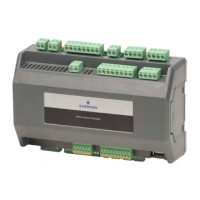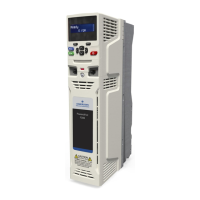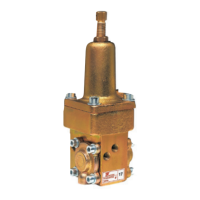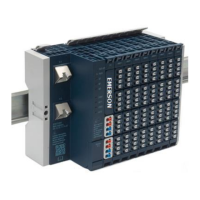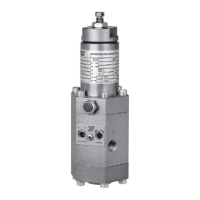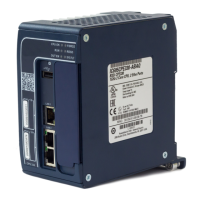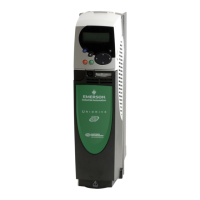PACSystems™ RX3i and RSTi-EP CPU Reference Manual Appendix A
GFK-2222AK October 2019
Serial I/O, SNP & RTU Protocols 215
Note: The Consumption Timeout is set at twice the Production Period on the other consuming RX3i
CPE310 / RSTi-EP CPE100/CPE115 node. For example, for A, the Production Period for all the
Producer exchanges is set to 500ms. This indicates that the Consumption Timeout for all the
consumer exchanges on the consuming node is set to 1000ms (twice the production period).
The following are important points to be considered when configuring EGD exchanges on
Embedded Ethernet Interface.
1. The recommended values in the given table should be used in conjunction with
the recommended limit value for as per the
watchdog time and sweep load of the application.
2. EGD Consumption and Production below 20ms are not recommended for
Embedded Ethernet Interface on with RX3i CPE302/CPE305/CPE310, RSTi-EP
CPE100/CPE115.
3. It is advisable to limit the number of EGD exchanges or EGD load on Embedded
Ethernet Interface of the RX3i CPE302/CPE305/CPE310, RSTi-EP CPE100/CPE115
and use higher periods while defining the system and configuration, and take
into account the sweep load for minimizing EGD sweep impact.
A-3.9 Constant Sweep - EGD on RX3i CPE302/CPE305/CPE310
and RSTi-EP CPE100/CPE115 Embedded Ethernet Interface
The EGD on Embedded Ethernet Interface can be treated as interrupt blocks. Therefore,
EGD exchanges with Constant sweep may cause sweep overruns and should be avoided.
It is also recommended that the Production period for Producer exchanges be set to
multiples (3 and above) of the Constant sweep time set to avoid stale data being
produced by the RX3i CPE302/CPE305/CPE310 and RSTi-EP CPE100/CPE115 system on
Embedded Ethernet Interface. Some of the factors affecting the Constant sweep overruns
with EGD on Embedded Ethernet Interface are Constant sweep time, No of Exchanges,
Production period, and Exchange data size.
The Constant sweep with EGD exchanges configured on Embedded Ethernet Interface
and timed or I/O interrupts will also cause constant sweep overruns and are not
recommended.
A-3.10 Sweep Impact of Intelligent Option Modules
The tables in this section list the sweep impact times in microseconds (µs) for intelligent
option modules. The fixed sweep impact is the sum of the polling sweep impact and the
I/O scan impact. The opening of the Backplane Communications Window and the polling
of each module have relatively small impacts compared to the sweep impact of CPU
memory read or write requests.
Intelligent option modules include GBCs being used for Genius LAN capabilities. The
sweep impact for these intelligent option modules is highly variable.
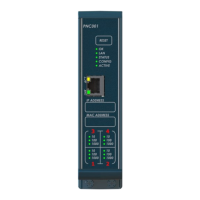
